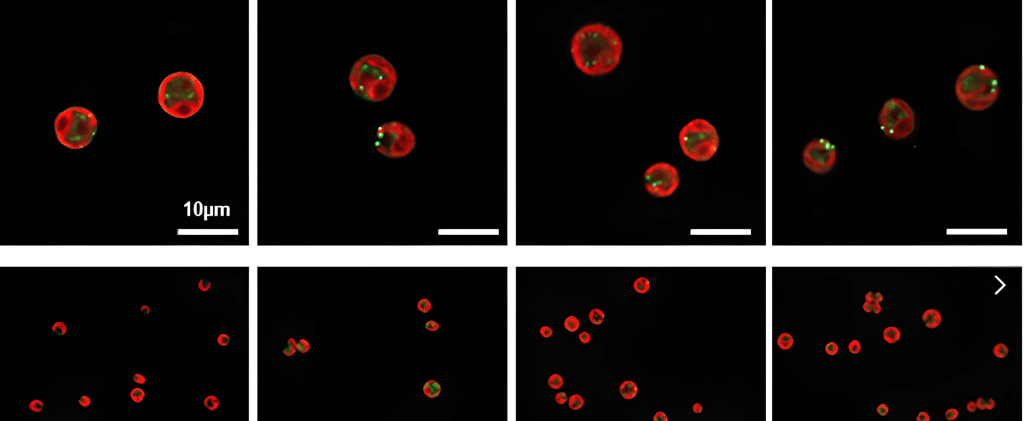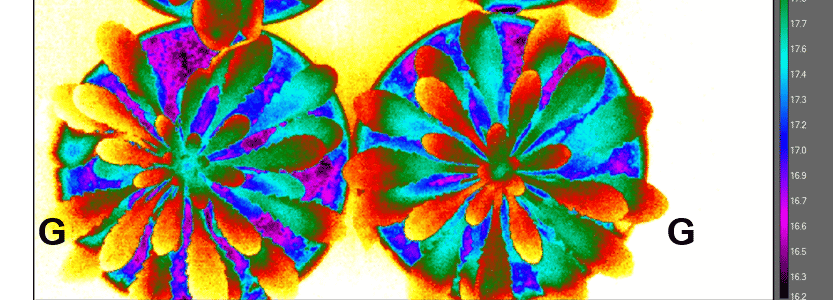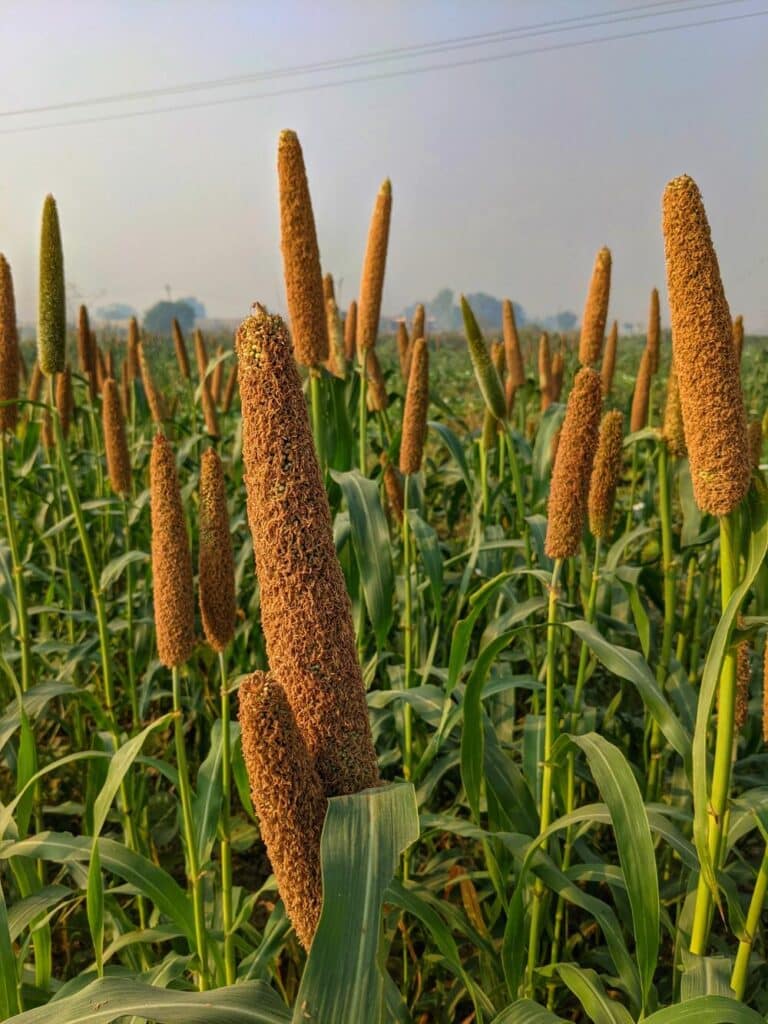Bioenergy: oil production from microalgae just multiplied by five!

By deactivating a natural inhibitor of fatty acid synthesis, BIAM researchers have succeeded in increasing the oil content of microalgae fivefold. This is a major advance in the optimisation of bioenergy, paving the way for more efficient, sustainable production. Fatty acids play an essential role in the structure of cell membranes, carbon storage and signalling. […]
Controlling the flow of electrons in photosynthesis: a key to better carbon storage

BIAM researchers have discovered a new approach to enhancing the ability of microalgae to fix and store atmospheric carbon: by modulating the electron management pathways within the chloroplast, it is possible to improve the energy processes associated with photosynthesis. This breakthrough highlights the central role of energy metabolism and opens up new avenues for the […]
How do magnetotactic bacteria navigate
in sediments using the Earth’s magnetic field?

Researchers have shed light on the fascinating behavior of magnetotactic bacteria, which use the Earth’s magnetic field to navigate in complex environments. These microorganisms, which live within sediments, have demonstrated a unique ability to adapt their movement to avoid obstacles. A discovery that opens up new avenues on the understanding of microbial motility and the […]
Strategic Photosynthesis:
The CDSP32 Enzyme Emerges to Support Plant Adaptation

BIAM researchers have highlighted the role of an enzyme, the thioredoxin CDSP32, in adjusting the photosynthetic metabolism of plants, in response to fluctuations in their environment. This advance could contribute to the development of crops better adapted to climatic challenges. Photosynthesis, metabolism essential for plant growth and life on Earth, converts light into molecules such […]
Unveiling a Resistance Mechanism in Staphylococcus Aureus

Staphylococcus aureus, a leading cause of fatal bacterial infections worldwide, has been extensively studied. Research conducted by INRAE in collaboration with the BIAM has revealed a key protection mechanism of this bacterium against a toxic molecule found in mammalian blood. This breakthrough paves the way for developing new antibiotic strategies. Bacterial infections are the second […]
Mystery unveiled for an exploration into the mysteries of cell growth

Plants resistant to a key inhibitor, with a strong influence on the process of cell growth, have been discovered by a team from BIAM. This is an asset for a better understanding of plant growth regulation, with potential implications in both the food security sector and the treatment of inflammatory diseases and cancers. The study […]
A sustainable synthesis of magnetite nanoparticles
for environmentally-friendly biotechnological applications

Researchers at BIAM drew inspiration from the natural processes encountered in magnetotactic bacteria to synthesize magnetite nanoparticles. This promising biomimetic approach opens up various avenues of sustainable and eco-friendly applications, ranging from water purification to biomedical advancements. Magnetotactic bacteria, naturally proficient in biomineralization, produce magnetosomes (magnetite nanoparticles) using a mineral precursor stabilized by macromolecules. This […]
Development of a technique for visualizing phosphate
distribution directly at the heart of plant tissues

A colorimetric method for the visual detection of intracellular phosphate distribution in plants has been developed by a Franco-Chinese collaboration involving a BIAM team. This method, called IOSA, highlights the uneven distribution of inorganic phosphate in cell tissues, opening up attractive prospects for the plant physiology sector. Overview of cellular distribution of Pi in leaves […]
Unveiling the mechanisms of plant adaptation to environmental constraints

Researchers from the BIAM’s Plant Protective Proteins (PPV) team have characterized one of the mechanisms allowing plants to respond to environmental fluctuations that modify metabolism and limit growth. This result, established in partnership with teams from the CEA and CNRS, could help improving plants’ ability to adapt to climate change. Stomata, located on the leaf […]
Some pearl millet genotypes store atmospheric carbon more efficiently than others in the soil

A scientific collaboration has just demonstrated that it is possible to quantify the rhizodeposition of carbon by pearl millet and its storage in the soil, over just a few weeks of growth, thanks to the measurement of the natural abundances of carbon isotopes (δ13C and F14C). The comparison of different inbred pearl millet genotypes made […]